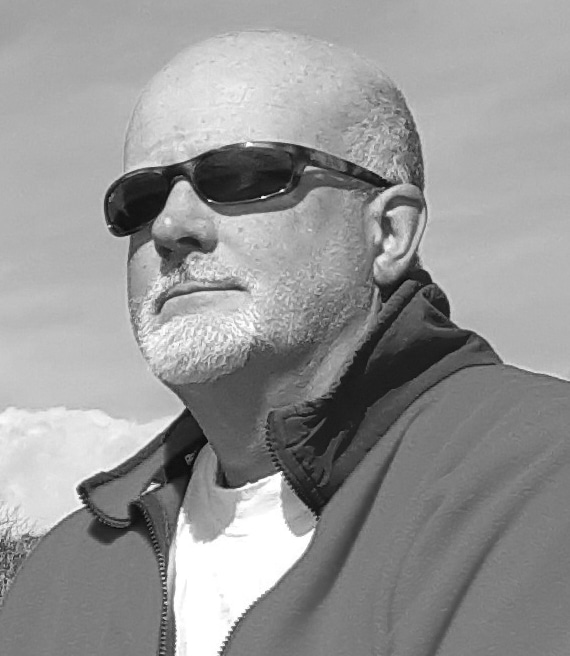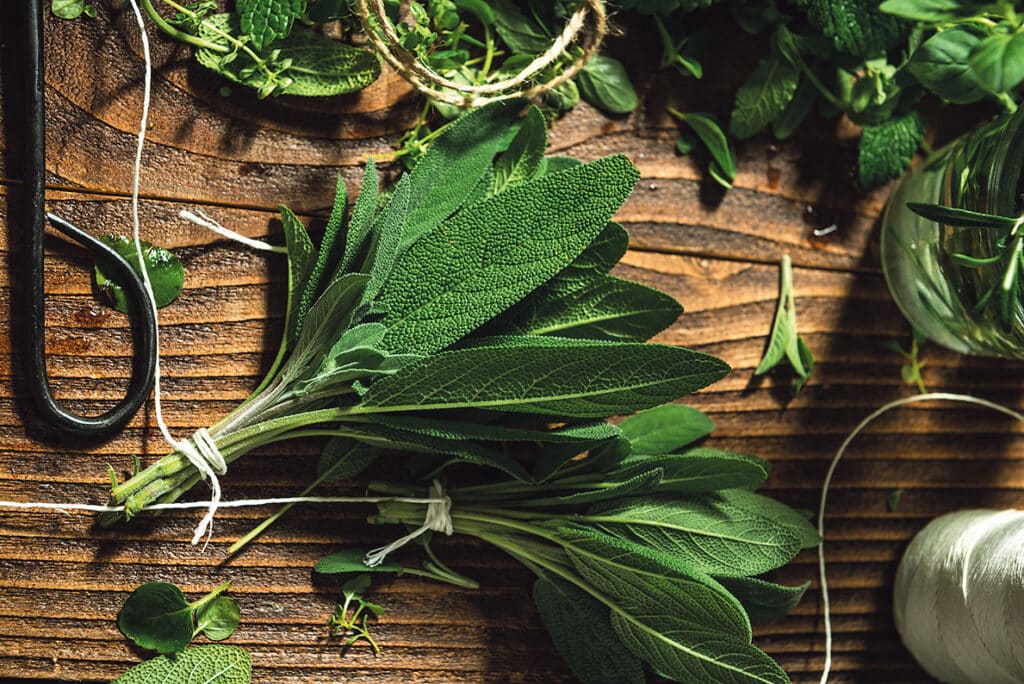
The DNA of West Cork People
Mark Grace is a genetic genealogist and family historian at Ballynoe House, Ardfield, Co. Cork

Swedish geneticist Svante Pääbo was awarded the 2022 Nobel Prize for medicine. He pioneered the use of ancient DNA to unlock secrets about human evolution, especially from Neanderthal bones. We can now compare Neanderthal genomes with the records of humans living today; the new scientific discipline of paleogenomics.
It is now accepted that most present-day humans share one to four per cent of their DNA with Neanderthals, meaning interbreeding took place before Neanderthals went extinct around 40,000 years ago.
It used to be an insult to be called a Neanderthal, however they are getting the last laugh at their DNA, as it continues to influence modern humans. It makes sense, since coronaviruses have been around for longer than humanity in various forms, so some immunity would be an outcome for surviving species.
A July 2020 study found a gene variant on chromosome 3, inherited from the Neanderthals, increased the risk of becoming critically ill upon infection with SARS-CoV-2, the virus that causes Covid-19. A later study also found a gene variant on chromosome 12 reduced the risk that an individual will require intensive care after infection by about 22 per cent; one almost identical to those found in three Neanderthals — a 50,000-year-old from Croatia, and two from southern Siberia, one dating back 70,000 years and the other, 120,000 years.
To put this into perspective, chromosome 12 spans almost 134 million DNA base pairs and represents between 4 and 4.5 per cent of your total DNA. The gene variant sequence mentioned is only about 75,000 base pairs.
As a pioneer in recovering ancient DNA, Pääbo also extracted DNA from fossil fragments found in a cave in Siberia; from an entirely new kind of extinct human, called Denisovans after the name of the cave. By comparing Denisovan DNA with modern humans, he also showed that some populations in Asia and Melanesia inherited up to six per cent of their DNA from this group. As with the Neanderthals, some modern humans are gaining advantage from this ancient DNA as a gene variant has been shown to provide adaptation to living at high altitude, for e.g., found in Tibetans.
Sadly, when you do a DNA test, the testing companies do not show where these markers are and how much ancient DNA you might have. They are only just getting around to crudely indicating your DNA origins (so-called ‘ethnicity’).
For those who have tested with a company that provide a chromosome browser, such as MyHeritage, they do not provide data for the start of chromosomes 13, 14, 15, 21 and 22. This is because these areas have large sections that relate to you being a human being rather than parental ancestry; part of your basic coding, if you like. It is appreciated that any DNA relating, for example, to your immune system and beneficial to your survival would get preferentially passed on. This also says that nature has determined ways of ensuring certain DNA is almost always passed on and therefore random inheritance from your parents is not entirely random. If you have collected enough data from your own matches you will start seeing these patterns in other areas. As most readers will be Europeans, this will include fragments of Neanderthal DNA wherever they may be.
‘Build up’ is an expression for matches where you share DNA with lots of people. Often, this has nothing to do with shared ancestry within a reasonable genealogical timeframe but will be much more ancient ancestry (Anglo-Saxon, Viking or even Neanderthal) or other areas that relate to your biology as a human being.
I have found areas that are my own personal build-ups. Some are partially related to a family surname, which suggests that nature has found some of these ancient segments to be useful and worth passing on almost unchanged to seventh or eighth cousins and beyond. Others are not clear at all.
There is a small region of my chromosome 18 that appears in matches to perhaps one in 100 people I match. I can tell this has nothing to do with genealogy. This shared area is probably twice the size of segments being discussed in various Facebook groups as potentially genealogical.
There are Facebook DNA groups for most counties and regions of Ireland and Britain, but unfortunately most discussions seem to be around sharing fragments of DNA as small as 3cM. At this level over 90 per cent will relate to you being human rather than genealogy and none would have the type of database that could demonstrate meaningful connections at this level. The groups are useful but most need to engage at a wider level, with segments greater than 5-7cM which at least have a 50% per cent chance of being genealogical.
Half of my chromosome 16 (segments in the 20-30cM range) is a personal build up area, partially relating to one usual family name (both related and unrelated pre C17th). It is also clearly related to geography and an area once occupied by one tribe of ancient Britons.
Results from paleogenomics and genetic genealogy are frequently updated. There are some sites providing this service, matching to archaeological remains, but it is unclear at this early stage how accurate it is. It is an exciting time to have your genome on various databases to see what it might tell you about your most ancient and more recent origins. Once you have your DNA file, many of these of are free.
A new year with new discoveries to be made. I hope you have had the opportunity to access the pre-holiday season discounted test kit offers and will enjoy exploring your distant past.
Questions and issues that can be answered as part of future articles can be emailed to DNAmatchingprojects@gmail.com or follow the West Cork DNA projects on Facebook ‘My Irish Genealogy & DNA’.


